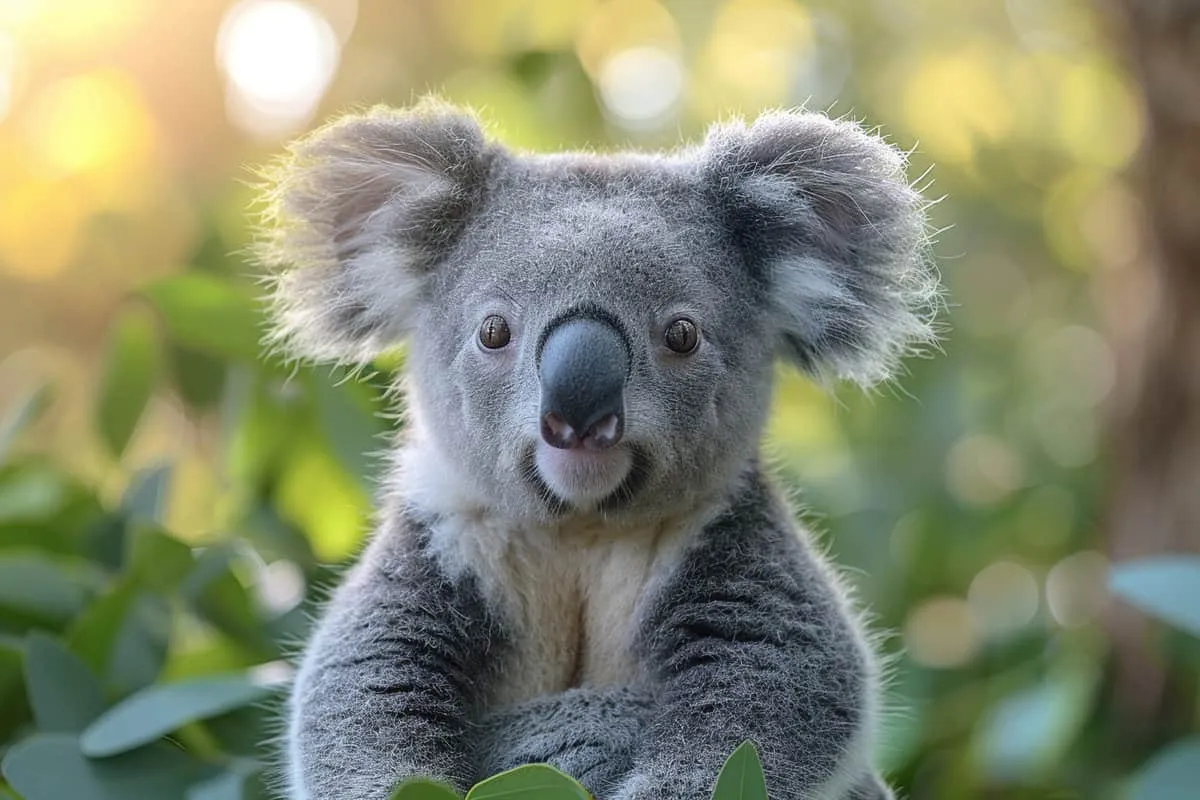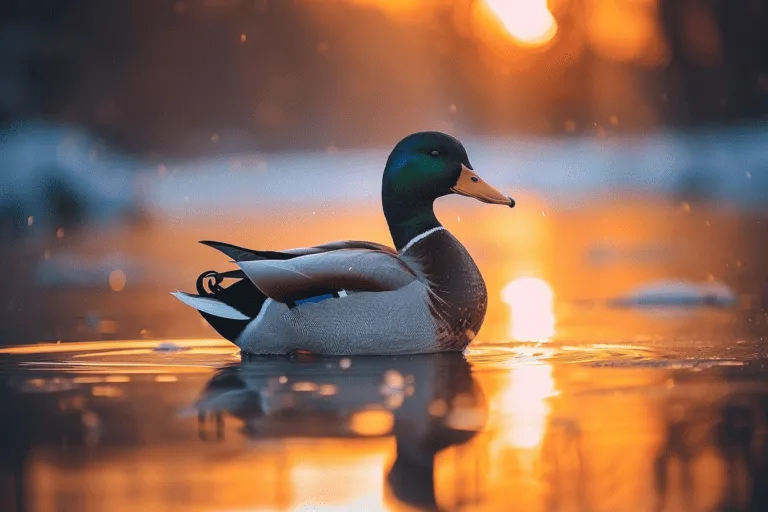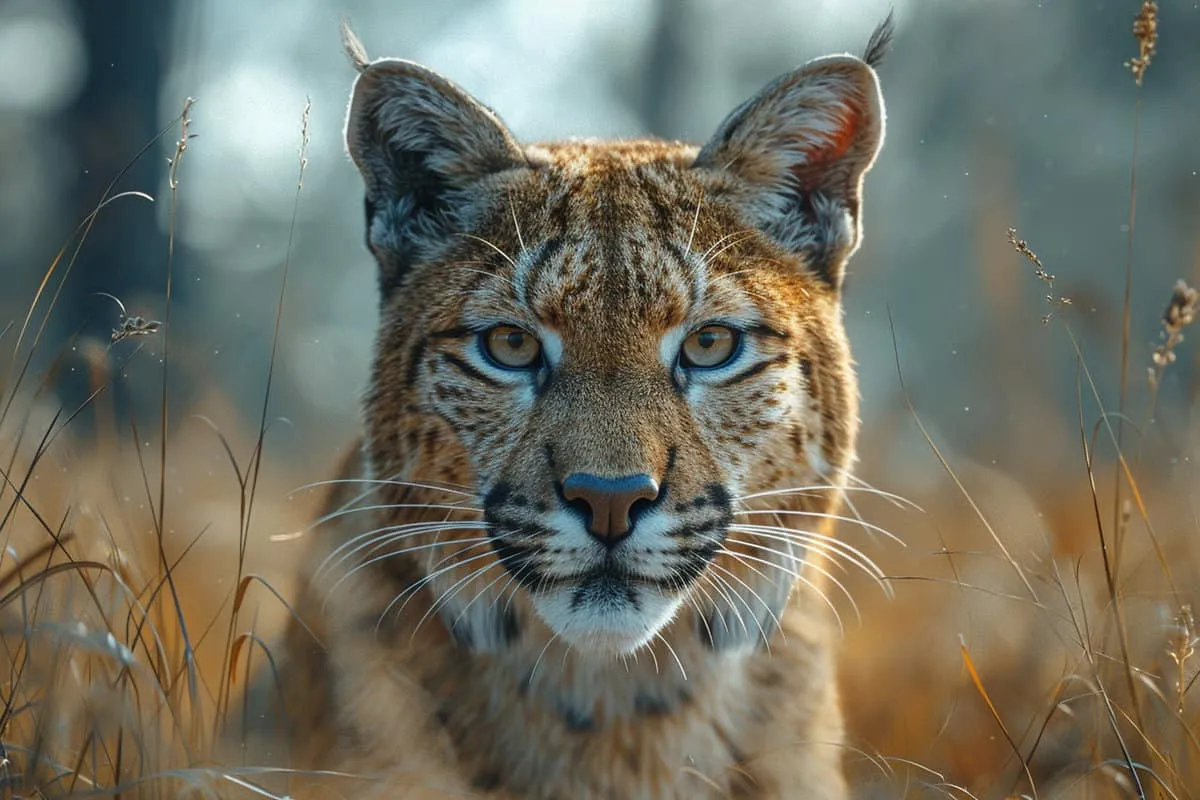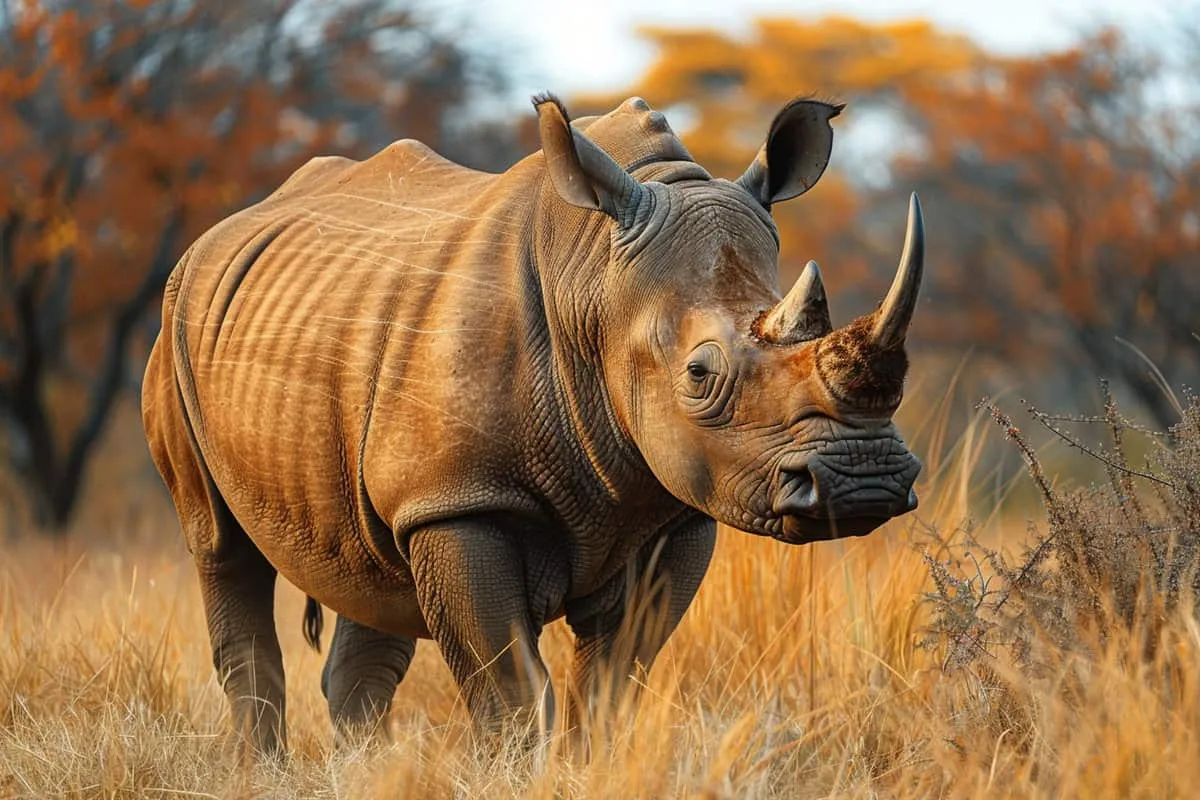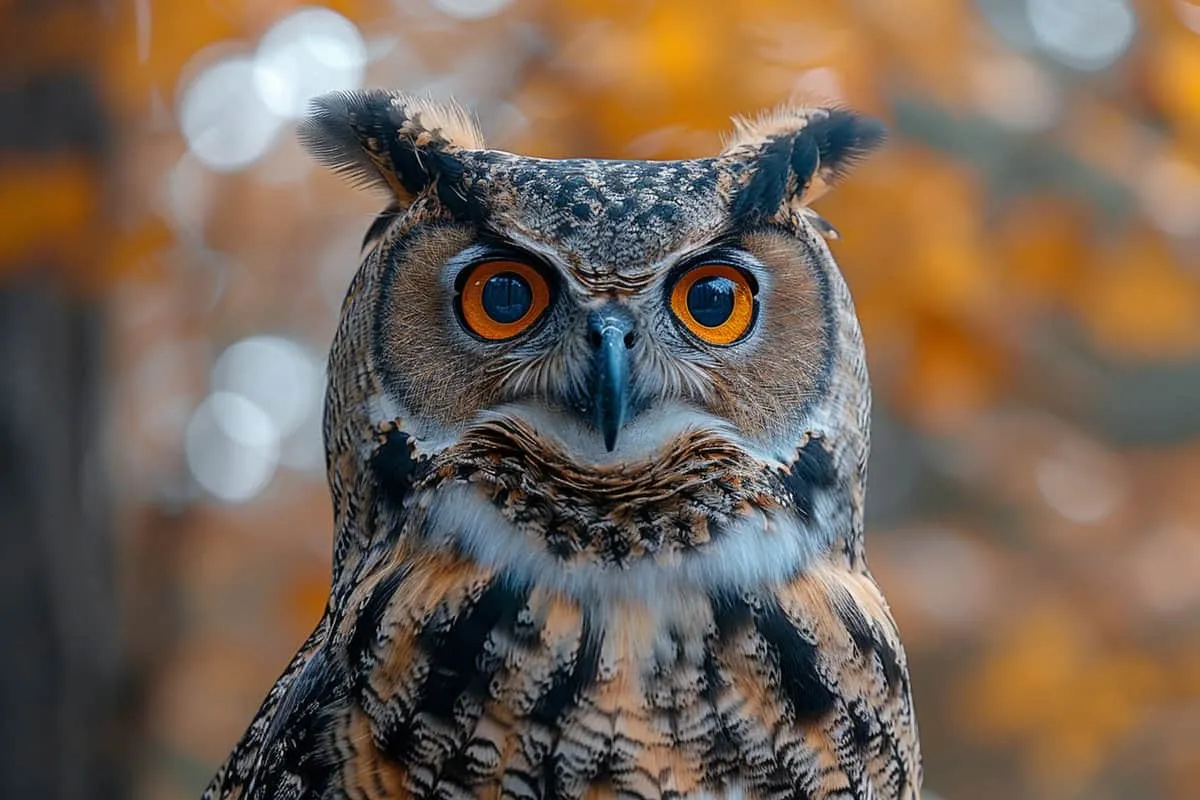Snake Facts: Surprising Insights & Species Secrets
Snakes have fascinated humans for centuries with their mysterious ways and diverse abilities.
From the venomous bite of a Cobra to the constricting power of a Boa Constrictor, these creatures are as intriguing as they are feared.
But there’s so much more to them than just their bite or squeeze. They play crucial roles in ecosystems around the globe and have adapted in extraordinary ways to survive in various environments.
Ready to shed your fears and learn some hiss-worthy facts? Scroll down for a deep dive into our top snake fact picks that’ll leave you rattling with excitement!
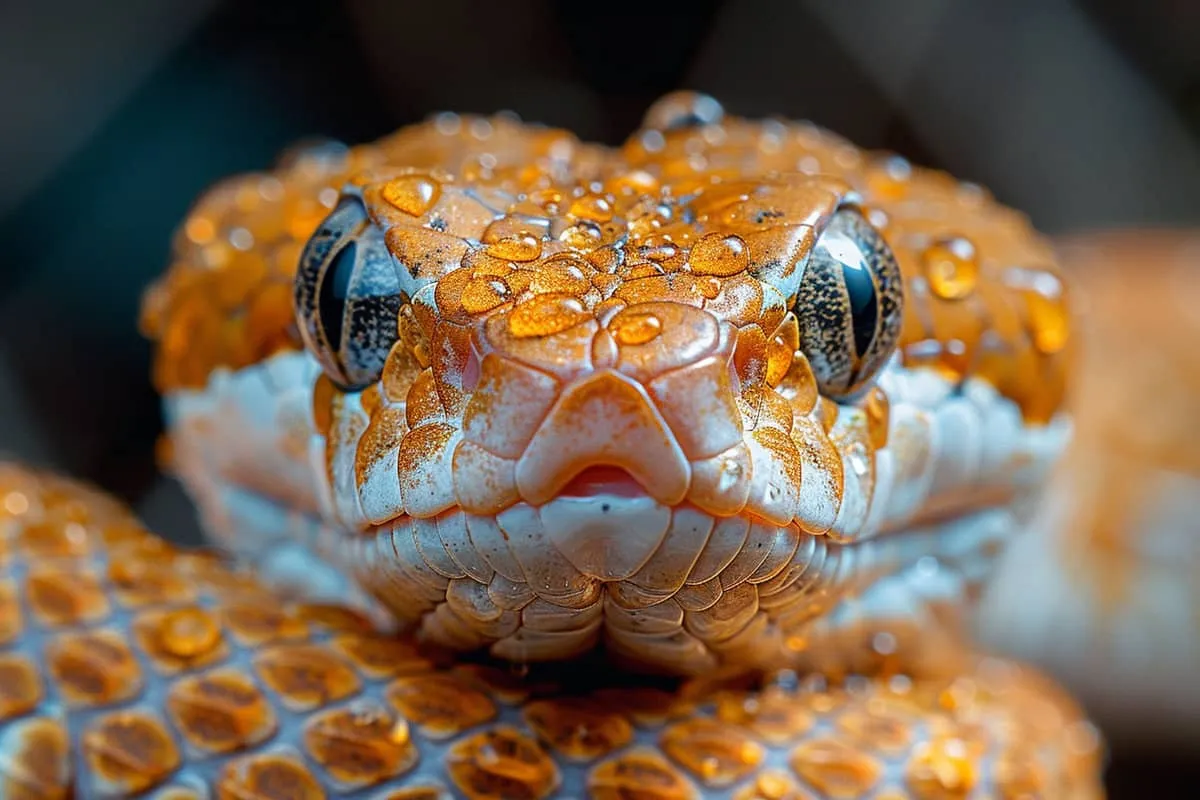
1. Snakes can’t chew their food.
Snakes have a unique way of eating their meals. They swallow their prey whole, thanks to the special structure of their jaws.
Snakes are fascinating creatures that can open their mouths wider than you might think possible. This allows them to consume animals larger than their head!
Imagine trying to swallow something bigger than your head without chewing it first!
But how do they manage once the meal is inside? Here’s where it gets even more interesting: snakes use strong stomach acids to digest their food.
This process can take from a few days up to a week, depending on the size of the meal and the type of snake.
This method of feeding is essential for survival in their natural habitat, allowing them to tackle prey that seems too big at first glance.
While this might sound scary to some people, remember that most snakes are harmless and play crucial roles in controlling pests and maintaining balance in ecosystems.
2. Some snakes can fly.
Believe it or not, some snakes take to the air! These incredible snake facts show us that certain types of snakes glide from tree to tree. They don’t have wings, but they do something pretty amazing instead.
When they’re ready to move, they leap into the air and flatten their bodies. This shape change helps them catch air underneath, almost like a parachute.
But instead of just floating down gently, these snakes control their direction as they glide through the sky.
Now here’s a mind-blowing part: these flying snakes can travel distances up to 100 meters. That’s longer than a football field!
These feats are not done by your everyday garden variety snake but by specialized species found in South and Southeast Asia.
It’s fascinating how nature has equipped these creatures with such unique abilities for survival and mobility.

3. Snakes smell with their tongues.
The tongue collects scent particles from the air and objects around them. Think of it as gathering clues about what’s happening in their environment.
When a snake flicks its tongue out, it’s not just being sassy. The tongue collects scent particles from the air and objects around them. Think of it as gathering clues about what’s happening in their environment.
Once the tongue scoops up these tiny scent clues, it’s time for analysis. The snake brings its tongue back into its mouth and presses those collected particles against something called the Jacobson’s organ located on the roof of their mouth.
This special organ is like a mini lab; it helps decode all those smells.
So why do they go through all this trouble with their tongues? It’s simple: survival!
Smelling with their tongues helps snakes locate prey even if it’s hiding well or moving quietly. Plus, this unique sense aids them in navigating through their surroundings effectively.
Unlike us humans who rely heavily on our eyesight or animals like lizards that might depend more on external ears for cues from their environment, snakes have honed this incredible ability to ‘taste’ the air around them for both hunting and safety purposes.
4. The Black Mamba is the fastest land snake.
The Black Mamba is not just any snake; it’s a record-breaker. Imagine something that can move at speeds of up to 12 mph (19 km/h). That’s faster than most people can run!
This speed helps the Black Mamba chase down its prey and escape from threats.
But speed isn’t its only defense. When this snake feels threatened, it becomes highly aggressive. It doesn’t just try to scare you away; it means business.
The Black Mamba will attack with quick strikes, delivering its deadly venom into its target.
This venom is so potent that without immediate medical treatment, the chances of surviving a bite are slim.
What makes the Black Mamba truly terrifying isn’t just its aggression or venom alone but how quickly it can use both. One moment you might not even see it coming, and the next, it could be too late.
Despite their fearsome reputation, these snakes play an important role in controlling rodent populations in their habitats.
They’re also fascinating creatures for scientists and animal enthusiasts alike due to their unique characteristics and behaviors.

5. Snakes can help predict earthquakes.
Snakes act in unusual ways before an earthquake hits. Scientists believe they might feel the vibrations through the ground that humans can’t sense. This is fascinating because it shows how sensitive snakes are to changes in their environment.
Days before an earthquake, snakes have been observed leaving their burrows. Imagine seeing all the snakes in an area suddenly deciding to move out!
This behavior suggests they’re trying to escape something uncomfortable or dangerous that we humans aren’t aware of yet.
The reason behind this could be that snakes are feeling tiny shakes and tremors through their bellies, which are always in close contact with the ground.
Since these creatures spend a lot of time underground, they’re well-placed to notice shifts and movements we can easily miss.
What’s really interesting is thinking about how this ability could be used by people. If scientists could study and understand the warning signs shown by snakes, perhaps we could get better at predicting earthquakes ourselves.
It’s like having a natural early warning system living right beneath our feet!

6. There are over 3,000 species of snakes.
Snakes come in all sorts of shapes and sizes. Some are so tiny you could hold them in your hand, while others are massive, stretching longer than a school bus!
Not only do they vary in size, but their homes are pretty diverse too. Snakes can be found slithering through deserts, swimming in oceans, or even hanging out in forests and jungles across the world.
Among these thousands of snake species, some are friendly neighbors who wouldn’t hurt a fly (well, maybe not literally). But then there are those you’d rather not meet – the venomous kind. These snakes pack a punch with their bites that can be deadly if not treated quickly.
Interestingly enough, while we often fear them for this very reason, only a small number actually pose any real threat to humans. Most would much rather avoid us altogether!
Did you know? Invasive species of snakes can cause big problems when they end up where they’re not supposed to be. They might start eating other animals that aren’t prepared for such a predator.
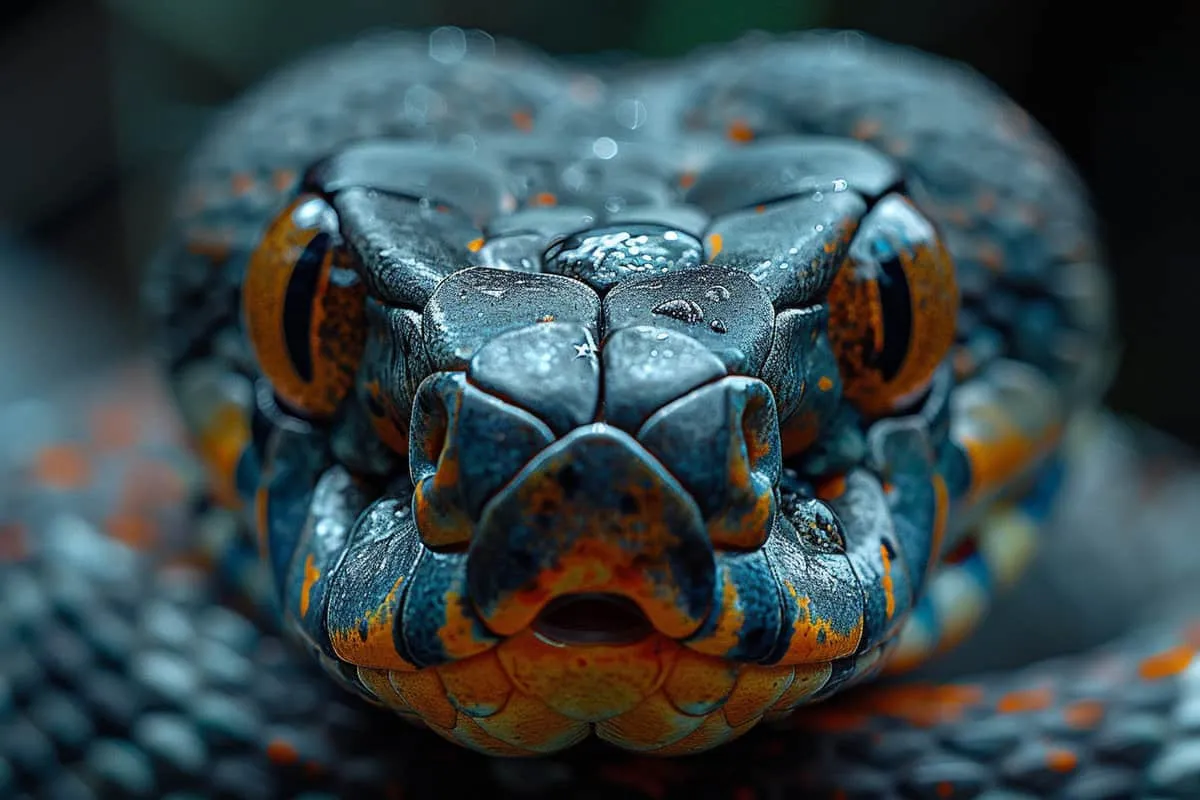
7. Snakes are found on every continent except Antarctica.
Snakes have mastered the art of survival across most of the world. They can live in a variety of climates and terrains. This means you can find them almost everywhere, from the hot, dry deserts to dense, humid rainforests.
One reason snakes are so widespread is their ability to adapt. In the United States alone, snakes inhabit forests, deserts, swamps, and even urban areas.
Their versatility doesn’t stop there; some species have even made homes in cold regions near the south but remain absent only where it’s too cold for them to survive – like Antarctica.
Rainforests offer a warm and moist environment perfect for tree-dwelling snakes. Deserts provide ample sunlight for those that bask to regulate their body temperature. Even within cities across the United States and other parts of the world, certain snake species thrive by adapting to human environments.
This incredible adaptability explains why snakes are present on every continent except Antarctica. The coldest regions simply do not offer conditions suitable for their survival mechanisms such as thermoregulation or finding sufficient food sources year-round.
8. The King Cobra is the longest venomous snake.
The King Cobra stands out in the world of venomous snakes for its impressive length, easily reaching over 18 feet (5.5 meters). This makes it not just a marvel to behold but also an apex predator in its natural habitat.
What sets this snake apart, besides its size, is its distinctive hood and ominous hiss that can send chills down anyone’s spine.
Unlike most snakes that might go after smaller mammals or birds, the King Cobra has a unique diet: other snakes. Yes, you heard that right! It primarily feeds on other slithering reptiles making it a fearsome competitor in the wild.
This dietary preference includes both non-venomous and venomous species, showcasing their immunity to viper venom which could be lethal to others.
While we often fear these magnificent creatures for their potent bite and intimidating presence, it’s fascinating how nature has designed them with such specialized hunting skills and survival mechanisms.
Their role in controlling the population of other snakes also highlights their importance within their ecosystem.
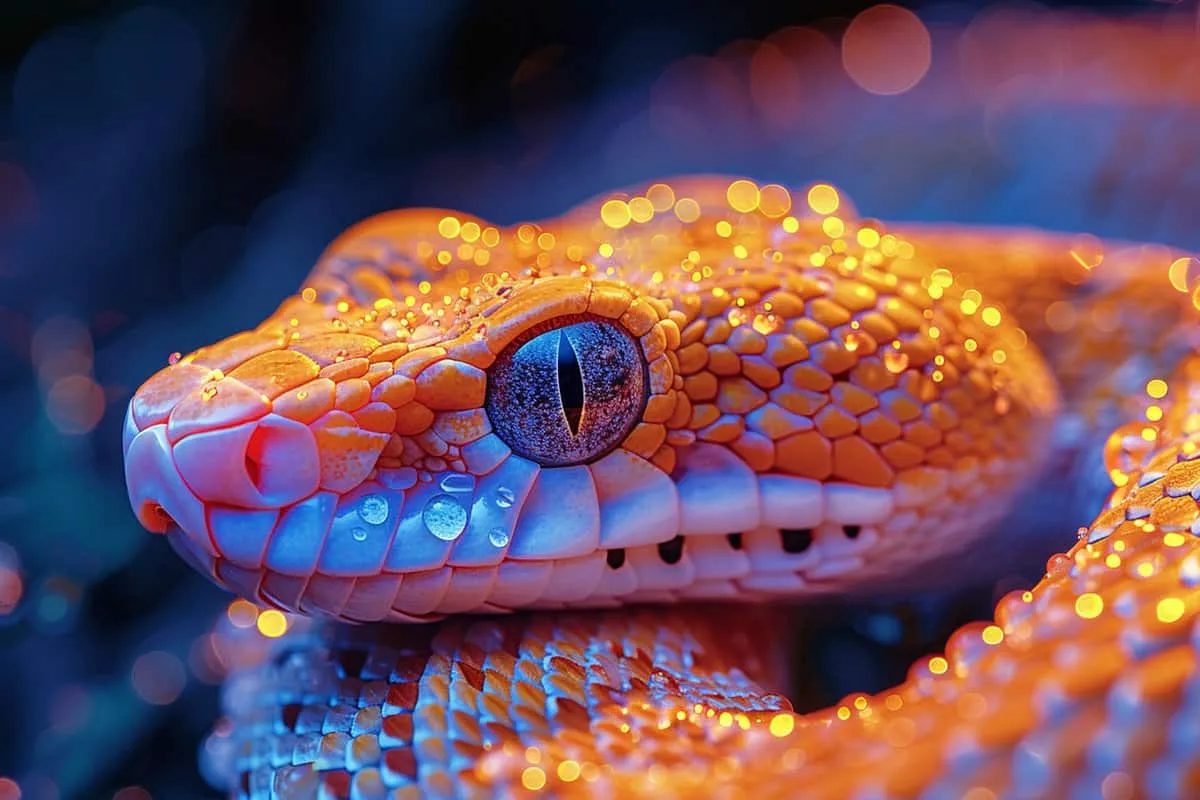
9. Snakes have flexible jaws to swallow large prey.
Snakes have a unique adaptation among predators. Their jaws detach at the chin, which allows them to stretch around meals much larger than themselves.
That’s possible because snakes can consume animals that are significantly bigger than what you’d expect by just looking at them. They do this by unhinging their lower jaw from their upper jaw and wrapping their flexible body around their prey.
This ability isn’t just for show; it’s crucial for survival in the wild where food might not always be bite-sized.
Prey like small mammals, which form a significant part of many snakes’ diets, often come in sizes that would seem impossible for these reptiles to manage if not for their incredibly adaptable bodies.
The process involves not only bone flexibility but also remarkable muscle development along the snake’s body and jaw. These muscles work together to slowly “walk” the snake’s mouth over its victim, eventually swallowing it whole.
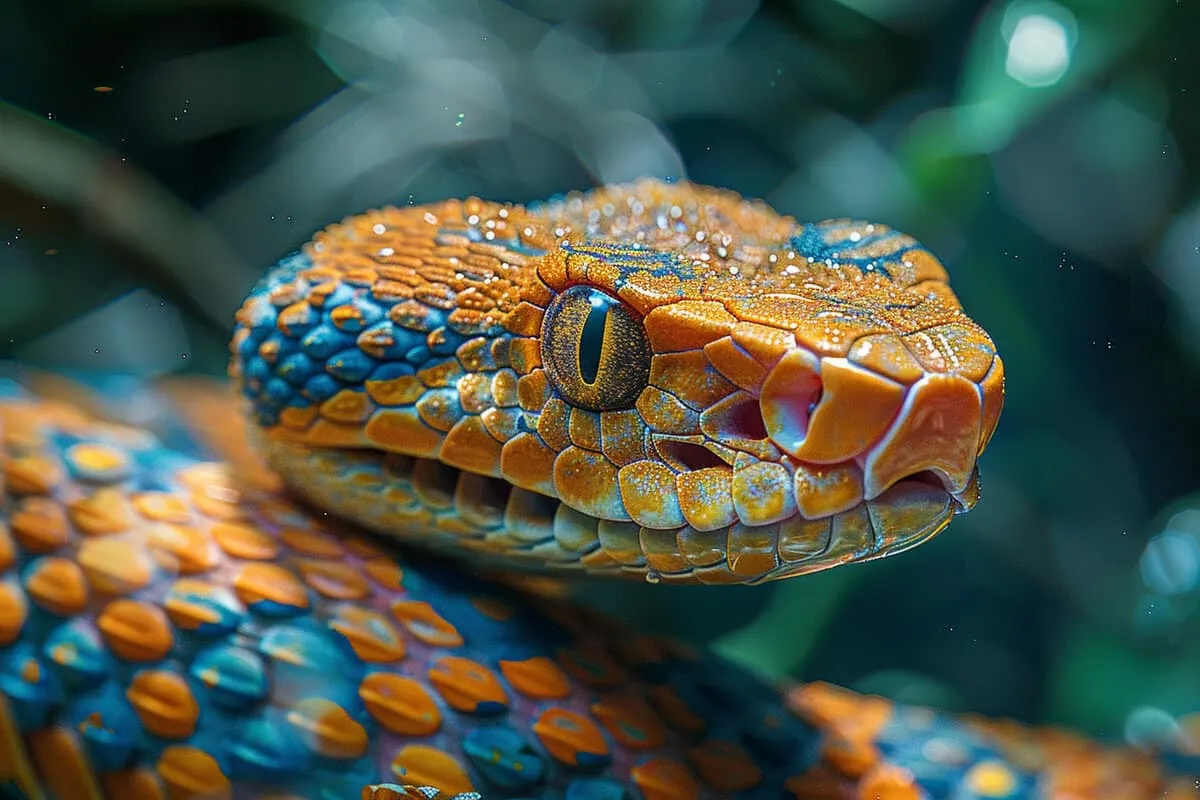
10. Certain snakes have a lifespan of more than 20 years.
In the world of reptiles, snakes stand out for their fascinating ability to live long lives, especially under human care.
Some species in captivity can reach or even surpass 30 years of age. This longevity is quite impressive when you consider the life expectancy across different animal groups.
The lifespan of a snake greatly depends on its species. For example, smaller snakes tend to have shorter lifespans compared to larger ones like pythons or boa constrictors, which are known for their extended years.
However, living in the wild introduces various threats that significantly reduce their potential lifespan. Predators, disease, and habitat destruction are just a few factors that contribute to why wild snakes often live much shorter lives than their captive counterparts.
Here’s a quick look at how lifespan varies:
- In Captivity: Up to 30 years
- In the Wild: Often significantly less due to environmental threats
Frequently Asked Questions
Can snakes chew their food?
Nope, snakes can’t chew! They swallow their meals whole. Imagine gulping down a burger in one go—that’s how they roll.
Do some snakes really fly?
Well, “flying” might be a stretch. They glide from tree to tree. Think of them as slithery parachutists!
How do snakes smell things?
Snakes use their tongues to catch scent particles and then process smells with an organ on the roof of their mouth. It’s like tasting the air!
Which snake holds the record for being super speedy on land?
The Black Mamba takes the crown for speed, darting faster than any other land snake.
Can snakes predict earthquakes?
Believe it or not, some studies suggest they might sense quakes days in advance by detecting vibrations through the ground.
How many different kinds of snakes are there?
There are over 3,000 species slithering around our planet—each unique in its own way.
Are there places without any snakes at all?
Yes! You won’t find these legless wonders in Antarctica—a chilly paradise free from serpents.
What’s special about King Cobras?
King Cobras hold the title for being the longest venomous snake out there. Picture a school bus; that’s roughly how long they can get!
Why don’t snakes need flexible jaws?
Actually, they do! Their jaws flex massively. This allows them to swallow prey much bigger than you’d expect—like a magic trick with no hat involved.
Do any snakes have impressive lifespans?
Indeed! Some lucky ones enjoy life beyond 20 years. It’s like reaching centenarian status but in snake years.

